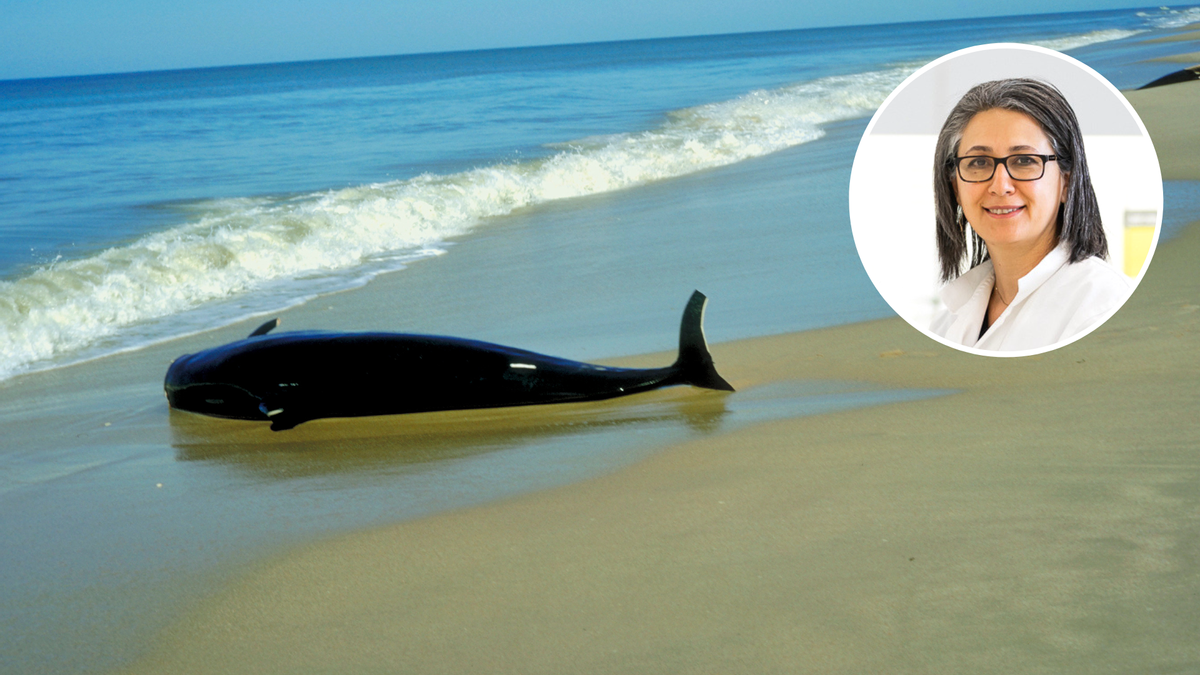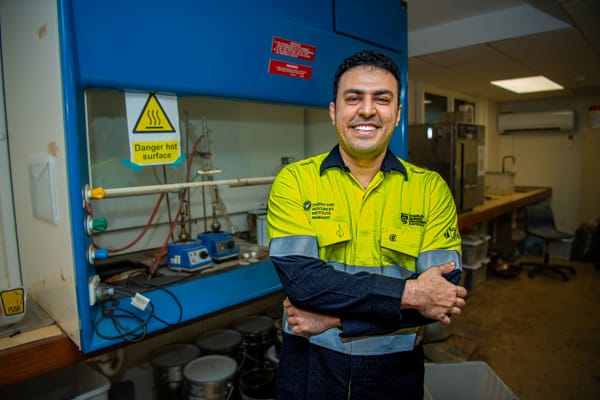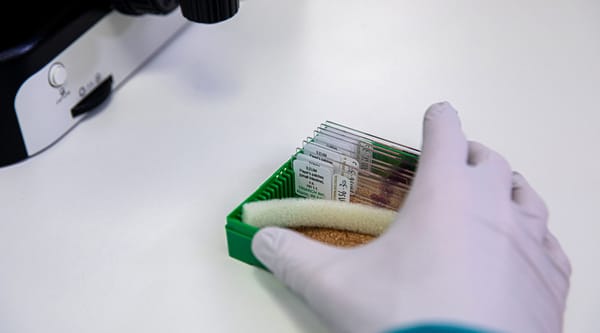New parasite research may solve the mystery of why pilot whales strand on beaches
A chance find in a museum in Tasmania by Charles Sturt University researchers has led to the discovery of rare parasites found in the blowhole of pilot whales which might solve the mystery of why whales beach themselves.

First published by Charles Sturt University
- Charles Sturt University researchers’ discovery of rare nematode in a 1973 sample of a pilot whale blowhole raises questions about marine parasite impact in Tasmania and possibly globally
- The researchers corrected earlier inaccuracies in the descriptions of the parasite and identified features that had not been reported before
- During National Science Week (Saturday 10 to Sunday 18 August), these findings highlight the importance of collections in museums and the need for more research
A chance find in a museum in Tasmania by Charles Sturt University researchers has led to the discovery of rare parasites found in the blowhole of pilot whales which might solve the mystery of why whales beach themselves.
The recently published research was led by Professor in Veterinary Parasitology Shokoofeh Shamsi (pictured inset) in the Charles Sturt School of Agricultural, Environmental and Veterinary Sciences and in the Charles Sturt Gulbali Research Institute for Agriculture, Water and Environment and her colleague Adjunct Lecturer in Parasitology Dr Diane Barton.
Professor Shamsi said that during a visit last year to the Queen Victoria Museum and Art Gallery in Launceston, Tasmania, her colleague Dr Barton discovered in its collection a vial of unidentified nematodes collected in 1973 from the blowhole of a beached pilot whale.
“These nematodes were obtained from a pilot whale that had died following a beaching at Greens Beach in northern Tasmania in 1973,” Professor Shamsi said.
“This type of parasite had previously been poorly documented in Australia, making this finding particularly interesting.
“I speculate that if the whales can’t communicate due to infection with parasites, they may become depressed which may contribute to them trying to beach themselves, but that requires much more research.”

The majestic pilot whales live in the waters off the coast of northern Tasmania and are known for their intelligence and complex social structures, but little is known about the microbiome of these giant animals.
Dr Barton brought the vial back to the University in Wagga Wagga and a subsequent collaboration with the Czech Republic Academy of Sciences led to a detailed examination of these valuable specimens and their identification as Stenurus globicephalae.
The researchers corrected earlier inaccuracies in the descriptions of the parasite and identified features that had not been reported before.
“This is only the second time this parasite has been found in a different host species in Tasmania. However, this could be because examining the blowhole of a whale is not easy,” Professor Shamsi said.
Dr Barton said the blowhole in whales is a crucial body part for breathing and echolocation, and this finding raises concerns about the potential impact on the whales’ respiratory function and ability to navigate, which are essential for hunting and social interactions in the vast ocean.
“The exact implications of this parasitic infection on whale strandings remain unknown, highlighting the need for further research in this area,” Dr Barton said.
“Could parasites be contributing to the mysterious strandings of pilot whales along the Tasmanian coast?
“This highlights the importance of the collections at the museum, and the lack of capacity to identify many of these highly valuable species. More research is needed.”
The research is published in the Journal of Diseases of Aquatic Organisms (volume 158, August 2024) as Occurrence of Stenurus globicephalae (Nematoda: Pseudaliidae) in the blowhole of Globicephala macrorhynchus (Cetacea: Delphinidae) in Tasmania, Australia.




